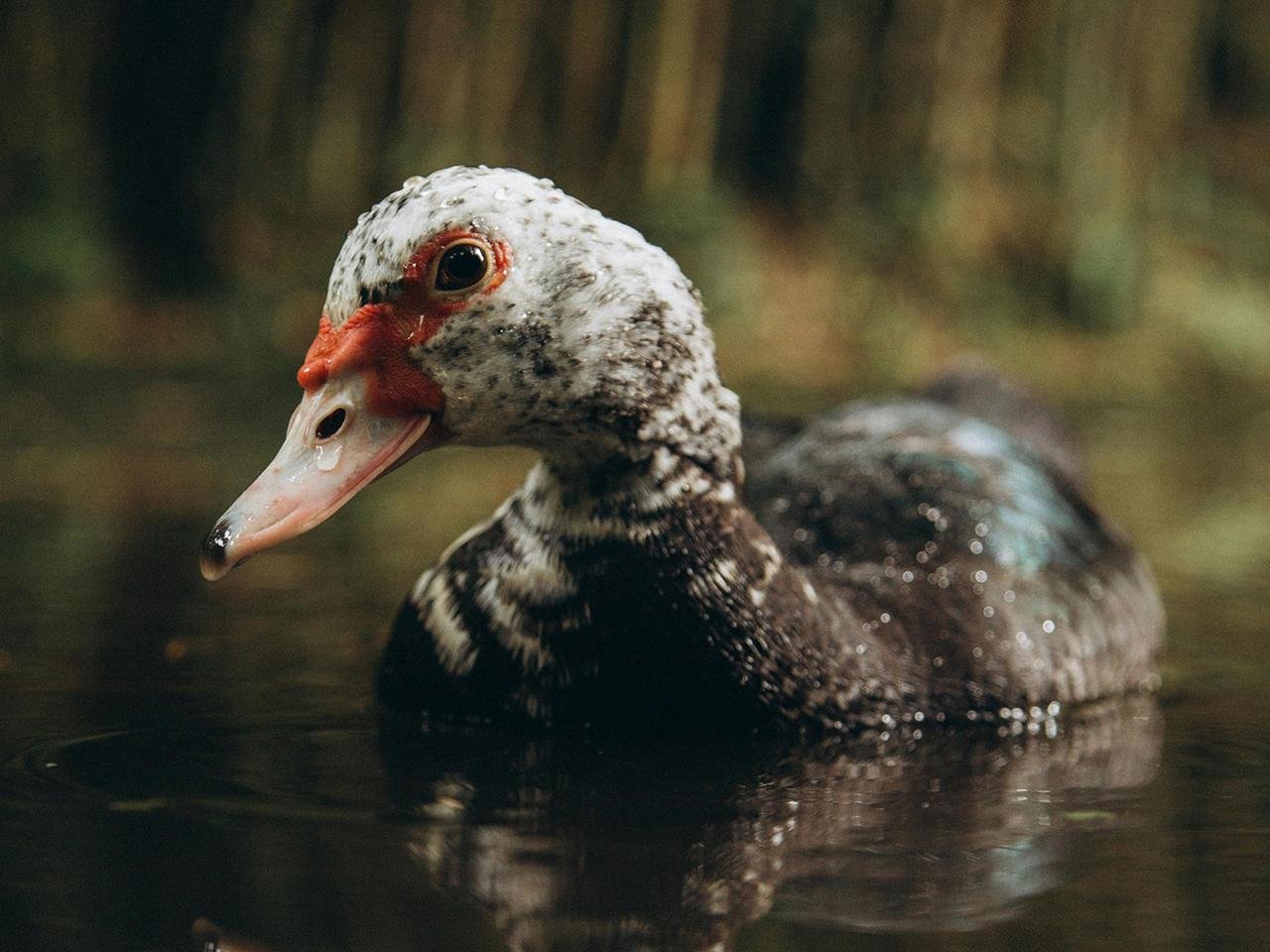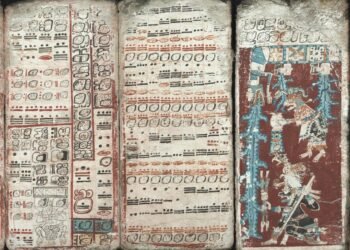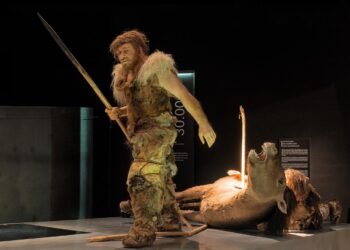New archaeological research reveals the sophisticated agricultural and animal management practices of the Casarabe culture, a pre-colonial society that thrived in the Llanos de Mojos region of Bolivia between 500 and 1400 CE. Published in Nature Human Behavior, the study provides fresh insights into how this society cultivated maize and managed muscovy ducks, transforming our understanding of Amazonian history.

The Casarabe culture, known for its extensive network of canals and monumental mounds spanning over 4,500 square kilometers, represents an early form of low-density urbanism. These interconnected sites included settlements ranging in size from small forest islands to large primary centers covering up to 300 hectares. Tiago Hermengildo from the Max Planck Institute of Geoanthropology led the research team that conducted stable isotope analyses on 86 human and 68 animal remains dating from 700 to 1400 CE.
The study confirmed maize as a staple crop in the Casarabe diet, with its significance peaking between 700 and 800 CE. Stable isotope data from human remains revealed high levels of maize consumption during this period, marking it as a central component of their agricultural practices. While other crops like manioc, sweet potatoes, squash, and chili peppers were cultivated, maize dominated the food system.
Genetic and archaeological evidence points to the Amazon Basin as a secondary center of maize improvement. Introduced to the region around 6,500 years ago, maize was adapted to the humid, tropical conditions of the Amazon, contributing to the crop’s spread across South America. By 1100 CE, however, isotope analysis suggests a gradual diversification in the Casarabe diet, possibly driven by shifts in agricultural practices or trade facilitated by their extensive canal networks.
One of the study’s most groundbreaking findings is the management of muscovy ducks, making this one of the earliest examples of animal domestication in the Amazon. Ducks displayed isotope signatures indicating a diet rich in maize, a food they would not naturally consume in the wild. Researchers also identified signs of confinement-related pathologies in duck remains, further supporting the idea that they were intentionally fed and kept by humans.
These findings provide direct evidence of animal management practices in the region, which had previously been scarce. The domestication of muscovy ducks reflects the Casarabe people’s advanced understanding of ecological systems and their ability to integrate animal husbandry into their agricultural framework.
The new evidence challenges long-standing perceptions of the Amazon as inhospitable to large-scale food production and complex societies. Instead, it reveals a vibrant history of innovation and adaptability. “The people of the Casarabe culture created a new social and public landscape through monumentality, leading to low-density urbanism,” the authors wrote in their paper.
This research underscores the importance of re-evaluating the Amazon’s historical narrative. The Casarabe culture exemplifies how ancient societies actively shaped the region’s biodiversity, fostering ecological complexity and sustainable living practices.






















